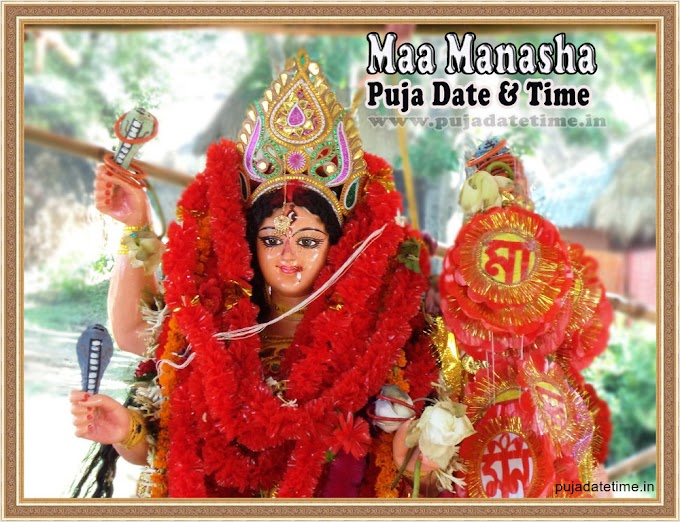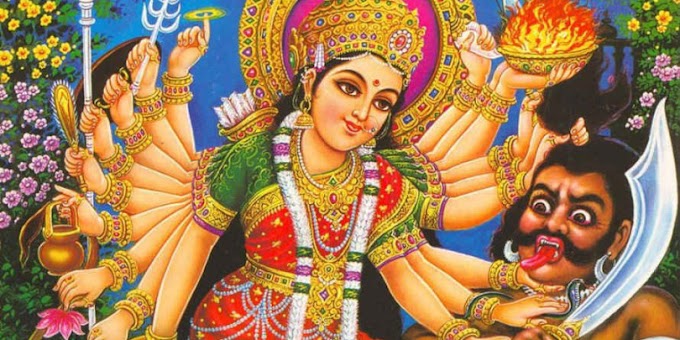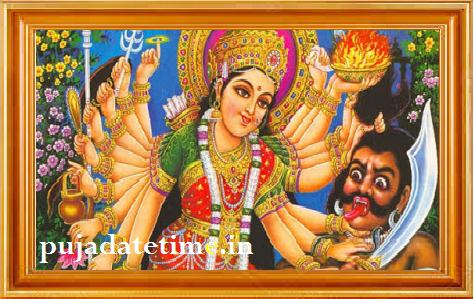Vishu festival and its significance
The word Vishu comes from the Sanskrit word "Vishuvat", which means equal. The festival marks the equinox, when day and night are of equal duration. Vishu is celebrated on the first day of the month of Medam, which falls in mid-April according to the Gregorian calendar.
Vishu is an auspicious occasion for Hindus, and it has both religious and agricultural significance. It is celebrated after the harvest season and marks the beginning of the new agricultural cycle. It is also believed that the first thing one sees on Vishu day will determine their fortunes for the rest of the year, which is why special care is taken to set up the Vishukkani, the arrangement of auspicious items.
For many people in Kerala, Vishu is a time of renewal, hope, and optimism. It is a time to reflect on the past year and look forward to the future with positivity and energy. Whether through traditional rituals, family gatherings, or cultural events, Vishu offers a chance to celebrate the richness of Kerala's culture and heritage.
History and Origin of Vishu Festival
The history and origin of Vishu festival can be traced back to ancient times in Kerala. It is believed that Vishu was originally a harvest festival celebrated by the Aryan community in ancient India. Over time, it evolved into a Hindu festival with religious significance.One popular legend behind the festival's origin has it that the demon king Ravana wanted to attain immortality and asked Lord Shiva for a boon. Lord Shiva granted his wish, but Ravana became arrogant and started misusing his powers, causing chaos and destruction. To stop Ravana, Lord Vishnu took the form of Vamana, a dwarf Brahmin, and approached Ravana on Vishu day, asking for three steps of land. Ravana agreed, but Vamana grew in size and covered the entire earth and sky with two steps. For the third step, Ravana offered his own head, which Vamana placed his foot on, thus defeating the demon king and restoring balance to the world.
Another legend associated with Vishu is that of Lord Krishna killing the demon Narakasura. According to this story, Narakasura had taken over the kingdom of Indra, the king of gods, and imprisoned thousands of people. Lord Krishna defeated Narakasura on the day of Vishu, freeing the prisoners and restoring peace.
Despite its ancient origins, Vishu has continued to evolve and change over time, reflecting the unique culture and traditions of Kerala. Today, it is celebrated not only by Hindus but also by people of other religions, who come together to share in the joy and festivities of this important cultural event.
Vishukkani: The arrangement of auspicious items for Vishu morning
The Vishukkani is traditionally set up by the eldest woman in the household on the night before Vishu. The items that make up the Vishukkani are carefully selected based on their auspiciousness and include:
- Raw rice
- Golden yellow cucumber
- Betel leaves
- Areca nut
- Coconut
- Fruits like mango, jackfruit, and banana
- Flowers like kanikonna (Golden Shower tree flowers) and jasmine
- A mirror
- A gold coin or ornament
- A holy book like Bhagavad Gita or Quran.
The arrangement of the Vishukkani varies from region to region and from household to household. Some households add other items like currency notes, sacred ash, or sandalwood paste to the arrangement. In recent times, people have also started incorporating modern items like mobile phones and laptops into their Vishukkani, symbolizing the importance of technology in modern-day life.
In conclusion, the Vishukkani is an integral part of the Vishu festival and reflects the rich cultural heritage of Kerala. It is a beautiful and elaborate display of auspicious items that are believed to bring good luck and prosperity to the household. The arrangement of the Vishukkani is steeped in tradition and continues to evolve with time, reflecting the changing customs and beliefs of the people who celebrate this important festival.
FAQ of Vishu Festivals
Here are 20 frequently asked questions about the Vishu festival:
|
Question |
Answer |
|
1. What is Vishu? |
Vishu is a Hindu festival celebrated in the Indian state of Kerala and some parts of Tamil Nadu. It marks the beginning of the Malayalam calendar year. |
|
2. When is Vishu celebrated? |
Vishu is typically celebrated on the first day of the Malayalam month of Medam which falls in mid-April. |
|
3. What does the word "Vishu" mean? |
The word "Vishu" means "equal" in Sanskrit. It represents the equinox, where day and night are of equal duration. |
|
4. What are the significance and rituals of Vishu? |
Vishu is significant as it symbolizes the renewal of life, the beginning of a new year, and the hope for a prosperous future. Some common rituals include preparing a special meal (known as Vishu Sadya), setting up a Vishukkani (auspicious arrangement of items) the night before, and giving money to young family members (known as Vishu Kaineettam). |
|
5. What items are included in the Vishukkani? |
The Vishukkani typically includes items such as rice, golden lemon, betel leaves, areca nut, gold ornaments, coins, and a mirror. |
|
6. What is the significance of Vishukkani? |
The Vishukkani is believed to bring good luck and prosperity to the household for the upcoming year. |
|
7. What is Vishu Sadya? |
Vishu Sadya is a special meal prepared on the day of Vishu. It usually includes a variety of vegetarian dishes served on a banana leaf. |
|
8. What are some traditional dishes served during Vishu Sadya? |
Some traditional dishes served during Vishu Sadya include sambar, avial, thoran, rasam, puli inji, and payasam. |
|
9. What is Vishu Kaineettam? |
Vishu Kaineettam is the practice of giving money to young family members on the day of Vishu as a symbol of good luck and prosperity. |
|
10. How do people celebrate Vishu in different parts of Kerala? |
While the basic rituals remain the same, there may be some regional variations in the way Vishu is celebrated. For example, in North Kerala, people prepare a special dish called Vishu Kanji using rice, coconut milk, and spices. |
|
11. Is Vishu only celebrated by Hindus? |
While Vishu is primarily a Hindu festival, it is also celebrated by some Christian and Muslim communities in Kerala. |
|
12. What are some modern-day adaptations to Vishu celebrations? |
Some modern-day adaptations to Vishu celebrations include virtual celebrations, sustainable celebrations, cultural fusion, and unfortunately, commercialization. |
|
13. How has technology impacted Vishu celebrations? |
Technology has made it easier for people to connect with loved ones who may be living in different parts of the world. This has led to an increase in virtual celebrations of Vishu. |
|
14. How can people celebrate Vishu in an eco-friendly way? |
People can celebrate Vishu in an eco-friendly way by using organic and locally sourced products, avoiding wastage of food, and using eco-friendly materials for decorations. |
|
15. What is the significance of firecrackers during Vishu? |
Firecrackers are traditionally lit during Vishu as a symbol of defeating evil forces and bringing in prosperity. However, there is growing awareness about the negative impact of firecrackers on the environment and people are increasingly opting to forego this tradition. |
|
16. How long does Vishu last? |
Vishu is typically celebrated for one day, but in some parts of Kerala, the celebrations may continue for up to three days. |
|
17. What clothes do people wear during Vishu? |
People typically wear new clothes, usually traditional attire like mundu and veshti for men and sarees or salwar kameez for women. |
|
18. Can non-Keralites celebrate Vishu? |
Yes, non-Keralites can also celebrate Vishu and partake in the festivities. |
|
19. What is the message behind Vishu? |
The message behind Vishu is one of hope, renewal of life, and the promise of a prosperous future. |
|
20. Why is Vishu important to the people of Kerala? |
Vishu is an important festival to the people of Kerala as it symbolizes the rich cultural heritage of the state and brings people together in celebration of a new beginning. |




.jpg)





0 Comments